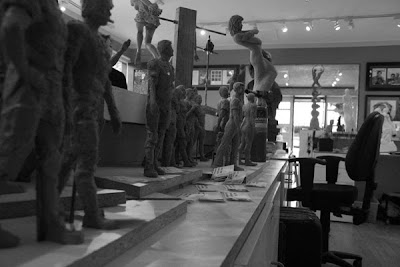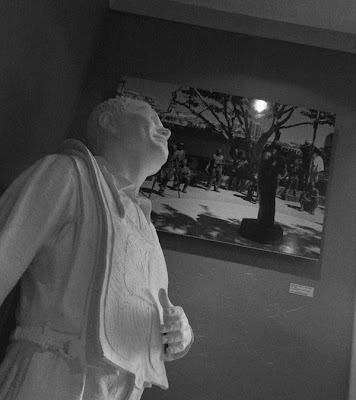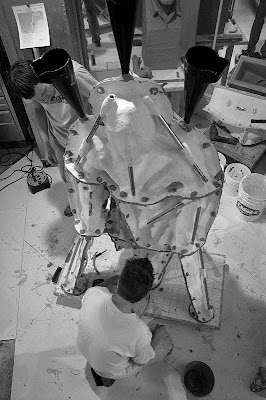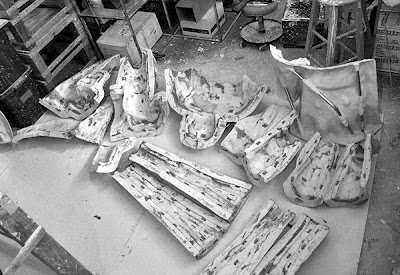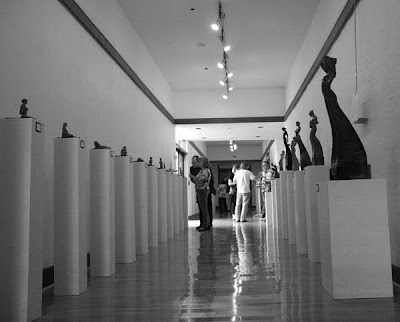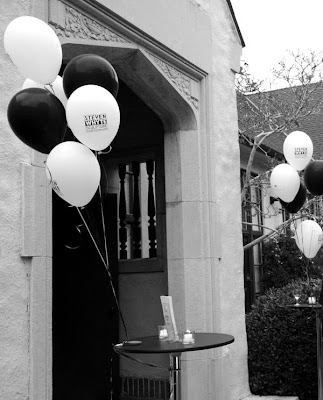
It’s a funny thing to realize that Steven’s personality is a marketable commodity, but we’ve been in the business long enough to know that it’s a fundamental part of the game. More polished galleries play the artist card as the ultimate trump play to close a big sale or to woo a new collector. Since Steven’s studio is an active part of the gallery, we don’t have the same opportunity to communicate a sense of exclusivity or reserve. While Steven would like nothing more than to eventually mature into an eccentric recluse who barely supports visits by the public in the midst of a cider and glam-rock haze, the reality is that we currently balance the need to preserve an aura of reverence about his personality alongside his remarkable accessibility.

Our frequent compromise is that Steven works in the gallery, while other staff approaches visitors to speak about him with appropriate distinction and deference. It’s through this practice that the legend of “Steven Whyte the Sculptor” or “The Artist Steven Whyte” has developed. While compiled of facts regarding commissions, training and accomplishments, the myth we share with visitors is a marketing tool and is a world away form the flesh and blood reality of the man who seems physically addicted to leaving his socks in the hallway of the house.



